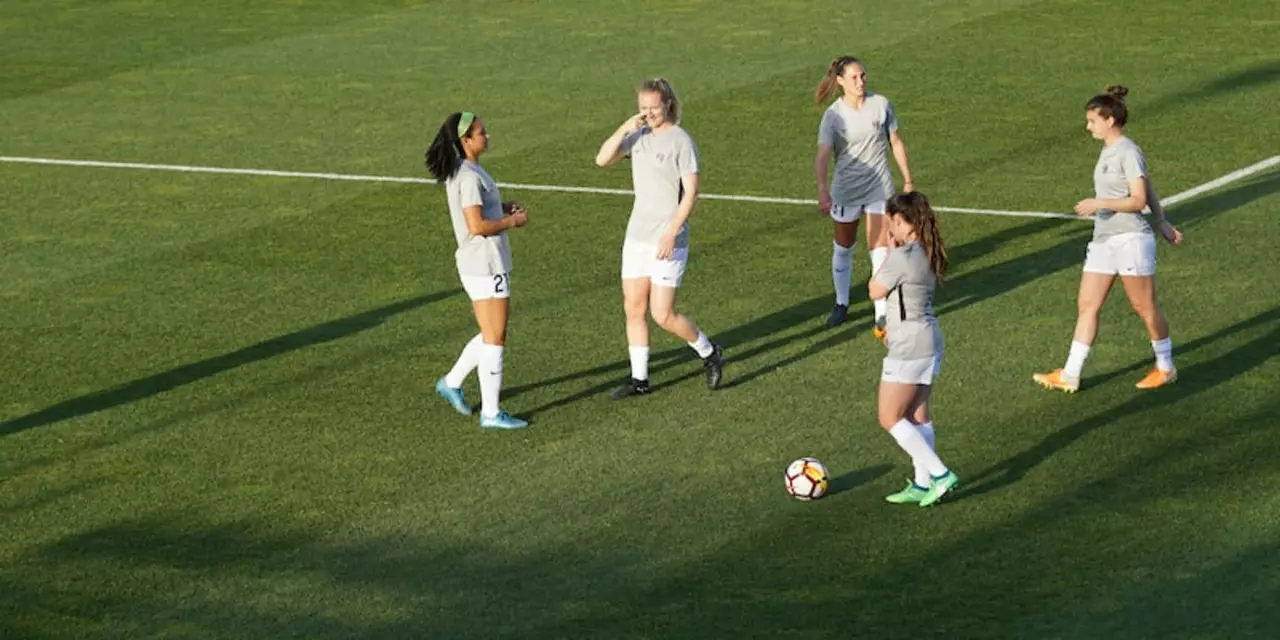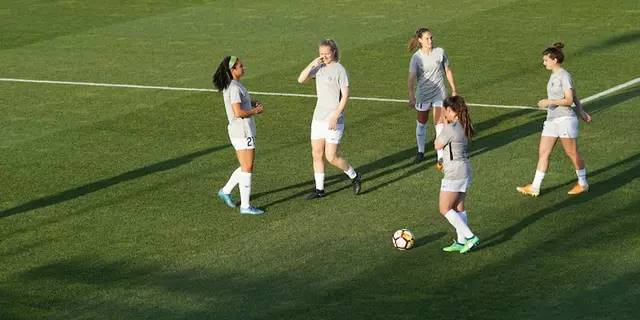February 2023 Archive – Fresh Soccer Tips and Coaching Ideas
Welcome to the February 2023 archive of Football Academy Alliance. If you’re looking for the best drills, tactical tricks, and coaching advice we shared last month, you’re in the right spot. Below you’ll find a quick rundown of the most useful content, plus a few pointers on how to put those ideas into practice right away.
What We Covered in February
During February we focused on three core areas: ball‑control drills for beginners, tactical sessions for young teams, and fitness routines you can do on a tight budget. One popular post broke down a 15‑minute cone‑dribbling drill that boosts close‑control without needing a full‑size pitch. Another article showed how to set up a small‑sided game that teaches pressing and quick transitions – perfect for U‑12 squads.
We also published a guide on building a simple strength circuit using just a resistance band and a step. The routine takes only 20 minutes and targets the muscles every footballer needs for sprinting and jumping. If you missed any of these pieces, the archive lets you jump straight to the original posts.
How to Use This Archive Right Now
First, pick the topic that matches your current need. If your players are struggling with tight‑space ball handling, start with the dribbling drill article. Follow the step‑by‑step video links and try the drill in your next training session. Notice how the players react – most will improve their first touch within a few reps.
Second, if you’re planning a weekly tactical session, grab the small‑sided game guide. The post includes a printable board layout and a list of key coaching points. Set up the game on any available surface, run through the points with your squad, and watch the team’s pressing shape tighten up.
Finally, for off‑season or rainy‑day conditioning, the resistance‑band circuit is a game‑changer. The article lists the exact band tension levels for different age groups, so you can tailor the workout to your team’s strength. Add it to your weekly plan and you’ll see faster sprints and higher jumps in matches.
Remember, the best way to get value from this archive is to apply at least one tip each week. Consistency beats occasional overload, especially for young players who are still building fundamentals.
Got a question about one of the February posts? Drop us a comment on the original article or head over to our community forum. We love hearing how you adapt our ideas to real‑world training sessions.
Enjoy browsing the February 2023 archive, and keep kicking forward!

This article explores the question of whether a person can use baseball cleats for soccer when playing goalkeeper. The answer is generally no, as the cleats are designed for a different type of surface, and the studs on the bottom of the cleats are different. Baseball cleats are designed to provide traction on grass and dirt, while soccer cleats are designed to provide traction on artificial turf or grass. Additionally, the studs on the bottom of baseball cleats are generally too long and stiff for soccer, while soccer cleats have shorter and softer studs. In conclusion, it is not recommended to use baseball cleats for soccer as a goalkeeper. (Read More)

Ties in soccer are much more common than in other sports due to the nature of the game. Soccer is a low-scoring game and it is difficult to score goals, so the chances of a tie are high. Other sports, such as baseball and basketball, have higher scoring and thus it is more likely for one team to come out with a clear victory. Goal difference is also a factor in soccer, so teams are often less likely to play for a draw and instead focus on scoring goals. Finally, the overall structure of soccer and its rules also contribute to ties being more frequent than in other sports. (Read More)




